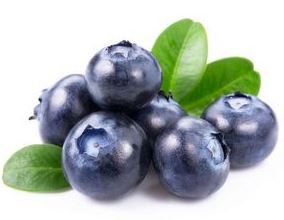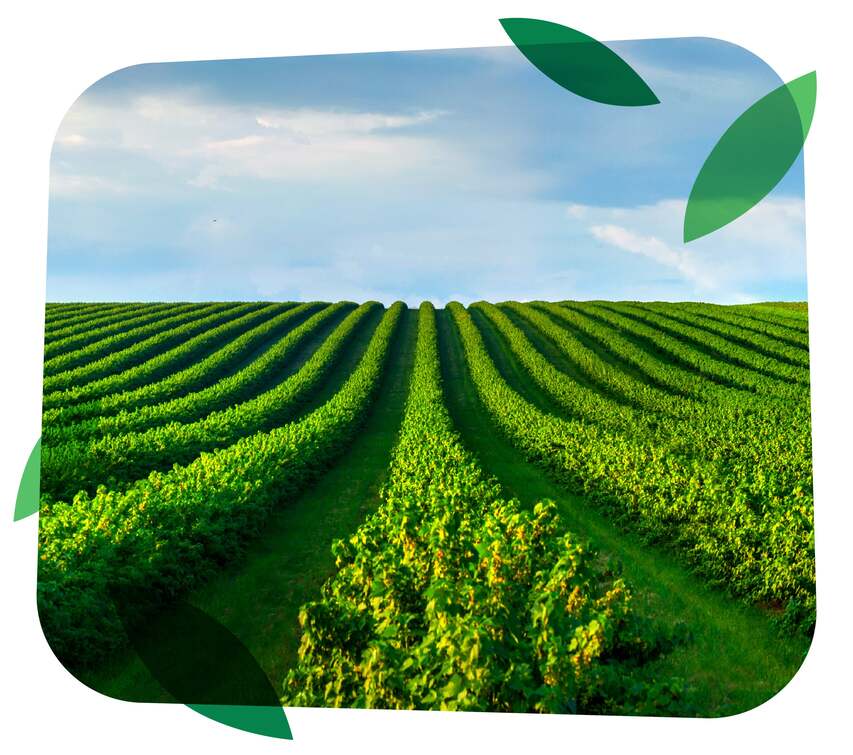 These application rates and timings are for crops grown at standard densities on medium textured soil. Rates may need to be adjusted for very light fertile soils, or where a very high cropping density is employed.
These application rates and timings are for crops grown at standard densities on medium textured soil. Rates may need to be adjusted for very light fertile soils, or where a very high cropping density is employed.
For Blueberries, a special acid feed mix containing a high proportion of Nitrogen in the Ammonium form (rather than Nitrate) is preferred.
Fertigation recommendations for soil grown Blueberries (kg/ha)
Timing | No. of weeks | N | P2O5 | K2O |
May - September | 20 | 50 | 25 | 100 |
A general guideline for splitting K application in fertigation programs for blueberries:
Growth stage | Share of K2O at stage (%) | Recommended rate (kg/ha of K2O) |
Leaf emergence | 15 | 30 |
Flowering | 20 | 40 |
Fruit-set | 25 | 50 |
Fruit growth | 25 | 50 |
Fruit maturation | 15 | 30 |
Total | 100 | 200 |
Site Selection
- Well-drained, sandy or loamy soils.
- pH 4.0 to 5.5, high organic matter of 3% - 10%.
- Water supply should have low bicarbonate and sodium contents
Fertilization
Caution: Blueberry plants are easily damaged by excessive fertilization
Acid-forming fertilizers that have little limestone filler are desirable. Special azalea or rhododendron fertilizers meet this requirement, but the price maybe prohibitive for more than a few bushes.
A standard 12-12-12, 10-10-10 or 8-8-8 can be used if a special blueberry fertilizer is not available. The high analysis fertilizers such as 12-12-12 generally have lower amounts of limestone filler than lower analysis fertilizers like 8-8-8. Ammonium nitrate (33.5-0-0) or ammonium sulfate (20.5-0-0) are desirable sources of supplemental nitrogen. If the soil pH is below 5.0, use ammonium nitrate, but use ammonium sulfate for more acid forming effect if the pH is above 5.0. Special attention should be given to leaf yellowing (complete area of young and old leaves) caused by nitrogen deficiency when sawdust or bark was combined with the planting soil. Organisms in the soil deplete the available nitrogen and cause a deficiency for the blueberry plant as the sawdust or bark decomposes.
First Year — Uniformly distribute 16 lb of nitrogen per acre after the first flush of growth is complete (6 to 8 weeks after planting) within a band 1 ft on each side of the plant. The 16 lb of nitrogen are supplied by 133, 160 or 200 lb, respectively, of 12-12-12, 10-10-10 or 8-8-8.
Fertilizer can also be applied by hand around individual bushes. Uniformly distribute ½ oz (1 Tbsp) of 12-12-12 within a circle 1 ft from the plant. Use proportionately more 10-10-10 or 8-8-8. Repeat applications using ammonium nitrate or ammonium sulfate every 4 to 6 weeks until July 1. Extend application intervals during dry periods until rainfall has totaled 4 inches. Use 50 lb per acre of ammonium nitrate or 80 lb per acre of ammonium sulfate in a 2 ft band (1 ft on each side of the bush). This rate corresponds to about ¼ oz (½ Tbsp) ammonium nitrate or 3/8 oz (3/4 Tbsp) of ammonium sulfate within the circle 1 ft from the plant.
Second Year — Double the first-year rates, but increase the band width to 3 ft or the circle around individual plants to 1 ½ ft.
Bearing Plants — Apply 300-500 lb per acre of 12-12-12 or an equivalent amount of 10-10-10 or 8-8-8 in a 3-4 ft band. For individual bushes, apply the equivalent of ½ lb (1 cup) of 12-12-12 within a circle 3 ft from the plant. Sidedress with 30 lb of N (about 100 lb of ammonium nitrate or 150 lb of ammonium sulfate) per acre 4-6 weeks later. For individual bushes, this is 2 oz (¼ cup) of ammonium nitrate or 3 oz (3/8 cup) of ammonium sulfate.
Need more information about growing blueberries? You can always return to the blueberry fertilizer .




